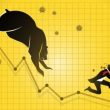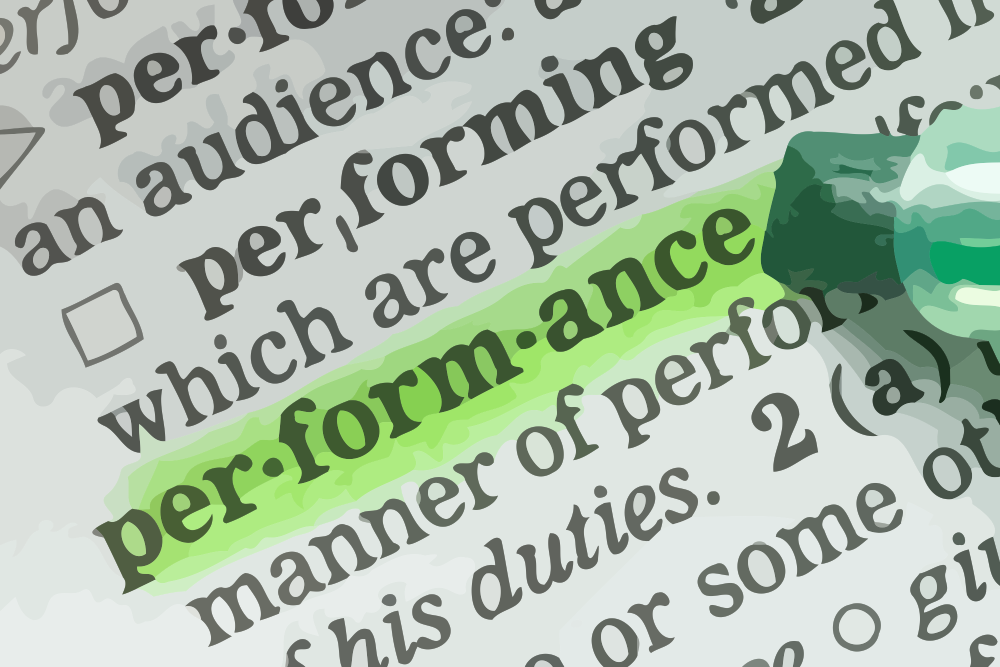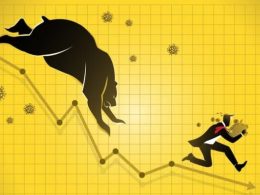by Hubert Marleau, Market Economist, Palos Management
January 10, 2025
Based on metrics that we usually rely on to make calculated judgements, the stock market is currently costly. The Fed’s stock model, which compares earnings yield - the opposite of the price-to-earnings ratio - to the 10-year Treasury, shows that the S&P 500 is at its most expensive level since 2002. The gap is currently 35 bps, suggesting that stocks are priced for perfection. This idea carries weight because the percentage of member companies of the S&P 500 trading below their 200-day moving average is unusually lofty, given that the benchmark is trading near its all-time high. Thus the odds of a correction have risen. This has given rise to the feeling that too much money is chasing too few assets, sending a message that stock market returns over the medium term are being compressed. (Interestingly, the abrupt sway in the Fed valuation metric has a lot more to do with surging bond yields than falling prospects for corporate profits.)
Bond Yields Take Centre Stage
The backup in government bond yields since mid-September has surprised many investors because it is an abnormal market behaviour, given that the Fed has eased its monetary stance, decreasing its policy rate by 100 bps. This situation tells me that the bond vigilantes have not bought the argument that the policy rate needed to be cut to that extent. They have postulated that the so-called neutral rate is much higher than the 2.50% that the Fed theorised, clocking it at 4.45%, exactly where the policy rate happens to be. Thus, bond traders' infatuation with long duration has unravelled, pushing 10-year bond yields 112 bps to 4.75% for the period under consideration. According to my calculations, 32 bps is attributable to a rise in inflation expectation, 21 bps to a prospective increase in business activity and 59 bps to a higher-term premium - the compensation domestic and global investors demand for the risk of buying longer-term debt. The latter reflects deepening concern about high fiscal deficits. Indeed, there is no fiscal free lunch to be had. What we have now is a normal bond market, such as it was before the Great Financial Crisis. This makes great sense. With inflation expectations ranging between 2.0% and 3.0%, and prospective growth around 2.0%, bond yields between 4.00% and 5.00% are natural; and a positive yield curve is traditional when there is no immediate recession in sight.
Budget Deficits at Crossover Point?
The CBO’s June budget forecast presumes that 2025 spending deficits will be around 6.5% of N-GDP., amounting to roughly $2.0 trillion. I’m aware that the DOGE initiative, under the able-bodied Elon Musk and Vivek Ramaswamy, might bring down the budget deficit over time, but probably not in fiscal 2025. While there is low-hanging fruit to pick, the obvious counterpoint is that Trump’s policies are fiscally expansionary, particularly his proposed tax cuts and deportation costs.
DOGE is not a government agency, and therefore has no official power. Thus it will likely run amok with the all-inclusive bill that Trump - renewing his first-term tax cuts, and introducing severe border securities - wants Congress to pass, which may well clash with politically popular programs such as Social Security, Medicare, Defense, Veterans, and debt interest. In this connection, until more of the unknowns become known, it is impossible to ascertain their investment implications. All I know is that shock therapy usually comes at a steep cost to the real economy. Interestingly, we did get some clarity on Thursday when Musk backpedalled, admitting that DOGE will not be able to honour the $2.0 trillion pledge.
Corporate Profits are Promising
The DOGE crusade to reign in federal spending is a commendable and admirable pursuit because the fiscal deficit is extreme and could trigger a crisis if carried too far. Similar warnings have been made over the years, but such threats don’t actually materialize. On the contrary, the budget deficit has - counterintuitively - been very beneficial to corporate profits. Two and half years ago, in September 2022, I predicted that the large fiscal deficit would likely bring about higher corporate profits. These actually increased, not only in absolute terms, but also as a percentage of N-GDP. From Q4/2021 to Q3/24, gross profits rose 28% and margins from 13.1% to 13.9%. It may sound implausible, yet is a truism: According to an equation named Levy-Kalecki, which is incidentally an accounting identity, it precisely describes how much corporations, households, governments and the rest of the world actually affect corporate earnings, its bottom line being: Profits = Investments + Dividends + Buybacks - Personal Savings + Government Deficit + Foreign Inflows. Based on this formula, one can appreciate that government deficits inject money into the economy, boosting overall demand and, by extension, corporate earnings.
DOGE could be a game-changer, if its plan works. Fortunately for Corporate America, however, its full intent is not realistic. Incredibly, the Federal deficit hemorrhaged by $665 billion in the first 2 months of fiscal 2025, suggesting an unsustainable annual rate of $4.0 trillion. Musk acknowledges that it's going to be impossible to cut government spending as much as he and Vivek had initially thought; and in this regard, it is legitimate to conclude that the Federal government will continue to be a generous contributor to corporate profits, if the rest of the world wishes to acquiesce to America's need for foreign capital. Meanwhile, recognizing that the Fed wants further drawdowns in its balance sheet, to the likely resentment of households obliged to further reduce their personal saving rates, profit dependence will be tied to foreign capital inflows, which in turn will depend on the growth performance of the economy.
In the meantime, Friday’s solid job data showed that the labour market is gaining steam as the job-creation streak continues, highlighting the strength of the economy. The GDPNow model estimate for real GDP growth in Q4 of 2024 will likely be revised up to 3.0%, thereby flipping the expectation of another rate cut from May to June. As a matter of fact, hikes are now on the table, given that the latest reading of the University of Michigan consumer-sentiment survey showed that consumers’ view of inflation for the next 12 months had jumped to 3.3% in early January from 2.8%. These prints drove 10-year bond yields higher to 4.75%, dragging down the S&P 500 to 5827, for a decline of 1.9%. Nonetheless, the strength of the economy should keep interest rate differentials wide enough versus other jurisdictions (Europe, Canada, China and Japan) to lure money in. Indeed, the U.S. Dollar Index rose to 109.90. Dip buyers will likely show their face next week. Future profit stream is less valuable, but it is probably higher.
Copyright © Palos Management














